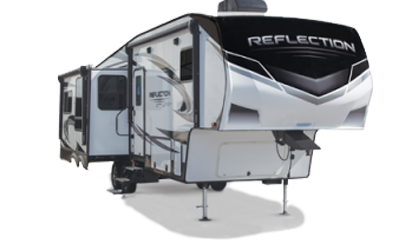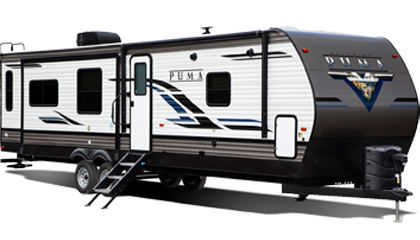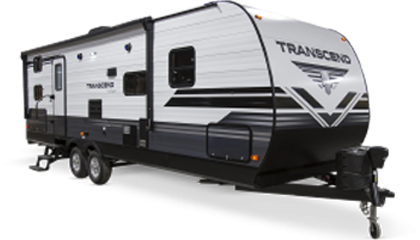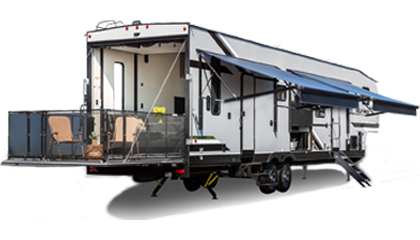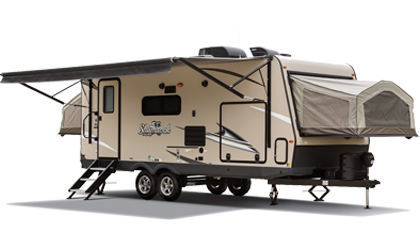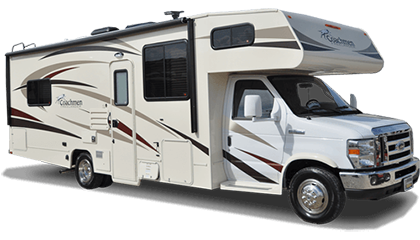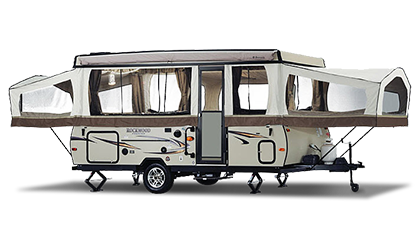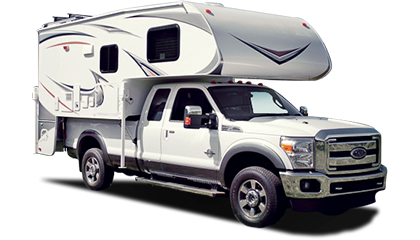There Are So Many Reasons To Maintain Your RV’s Fridge
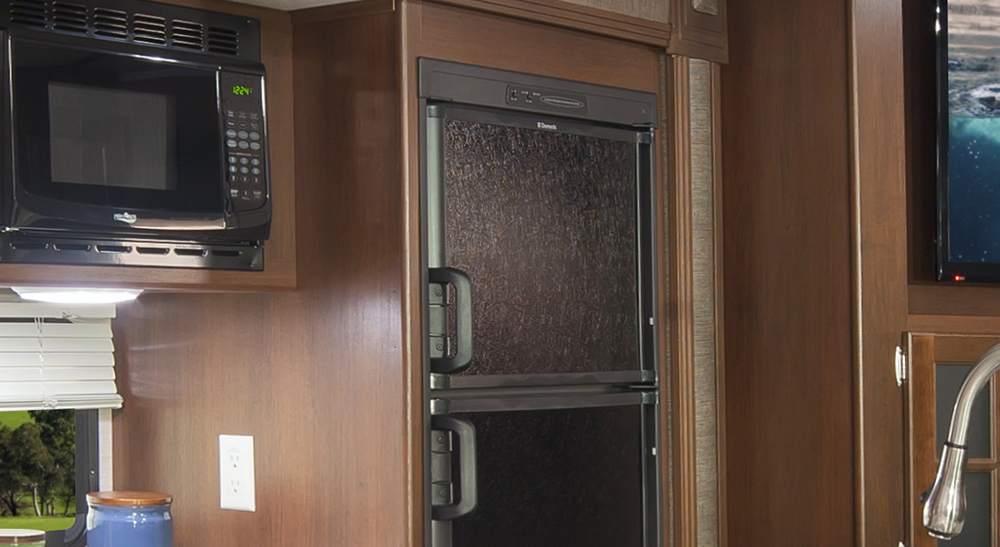
A cold drink on a hot evening around a blazing campfire with your family. Is there anything better? Not for people who live the Good Life. But, in order to have that cold drink on a hot evening – or milk for your morning coffee – you’ll need a fridge in perfect working order.
Refrigerators are pretty simple machines. By using a system of compressors and expansion valves, gas is expanded and cooled, which radiates outward and cools the food and drink inside. In your house, your fridge is powered with electric power, but nearly all RV fridges have the ability to be run by electric power or liquid propane gas.
Because of the dual power option, RV refrigerators are a little more complicated than others and require more maintenance. Here’s how smart RVers maintain their refrigerators to ensure many long, hot nights with plenty of cold drinks.
DON’T BUG OUT
On the outside of your RV, there is a refrigerator access panel, also known as the lower vent. This is where you can repair the parts that make your fridge tick, relight the pilot light and make sure all components are clean.
It’s a little known fact that wasps, especially mud daubers, are attracted to propane gas, just like the kind your RV’s refrigerator uses. When they smell it, they want to build their nests by it, and that can mean a mess for the inside of this access panel.
To prevent wasps from getting in, replace your access panel with one that has a built-in screen, or glue a screen around the vents to prevent insects from getting in.
If there are insects already inside this panel, approach them with caution, especially during warmer months when they are most active. Ensuring that this area is clean and insect-free makes for a better, more functional refrigerator.
DRAIN TUBE
This access panel should also feature a drain tube where condensation from your refrigerator can leak out. If this drain tube is damaged, the inside of your access panel can be a soggy mess, so it’s best to make sure it’s always in great condition. Don’t hesitate to replace it if it’s cracked or damaged.
Insects can also find their way up this tube to make nests. In order to prevent this, you’ll need to cap the end of it with a special plug. These have a tendency to come off when flying down the interstate, so have a couple extra in your toolkit.
While it seems obvious for the drain tube to point downward, avoid doing this. If your drain tube comes out at the top of the vent, it forms a p-trap that keeps hot weather outside from influencing your fridge’s cooling power.
INSIDE ADJUSTMENTS
Back inside the RV, there are a few components that need regular maintenance to ensure smooth operation.
The rubber seals along the edge of the door should prevent all cold air from seeping out, and they should be free of food residue, dirt and grime. If you’re unsure of the seal’s effectiveness, try the dollar-bill test: close a dollar bill in the door, and see if you can pull it out. If you can, your fridge seal probably isn’t up to snuff.
It’s also a good idea to keep an even amount of items in your fridge. If it’s overstocked with food, the fridge will struggle keep everything cold. But if it’s empty, it will have to work hard to maintain an even temperature. Keep it moderately stocked with food for optimal longevity.

